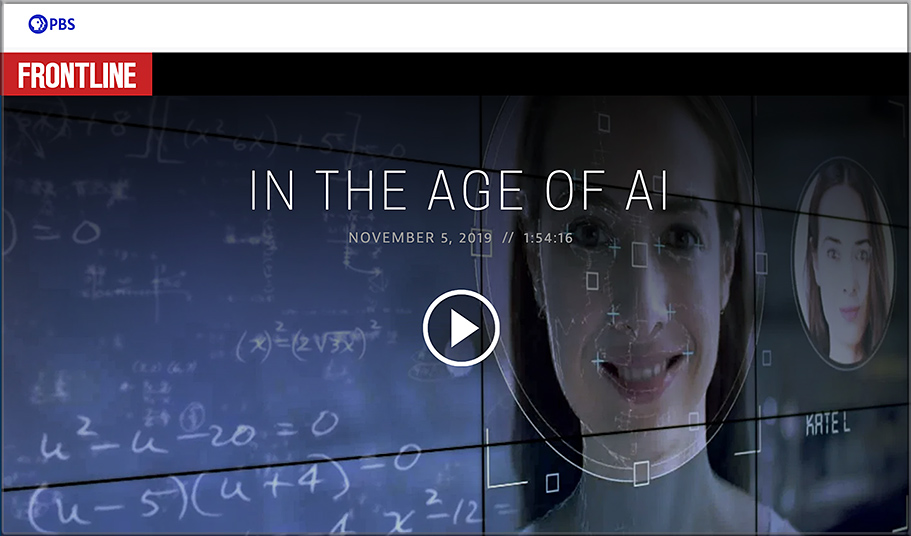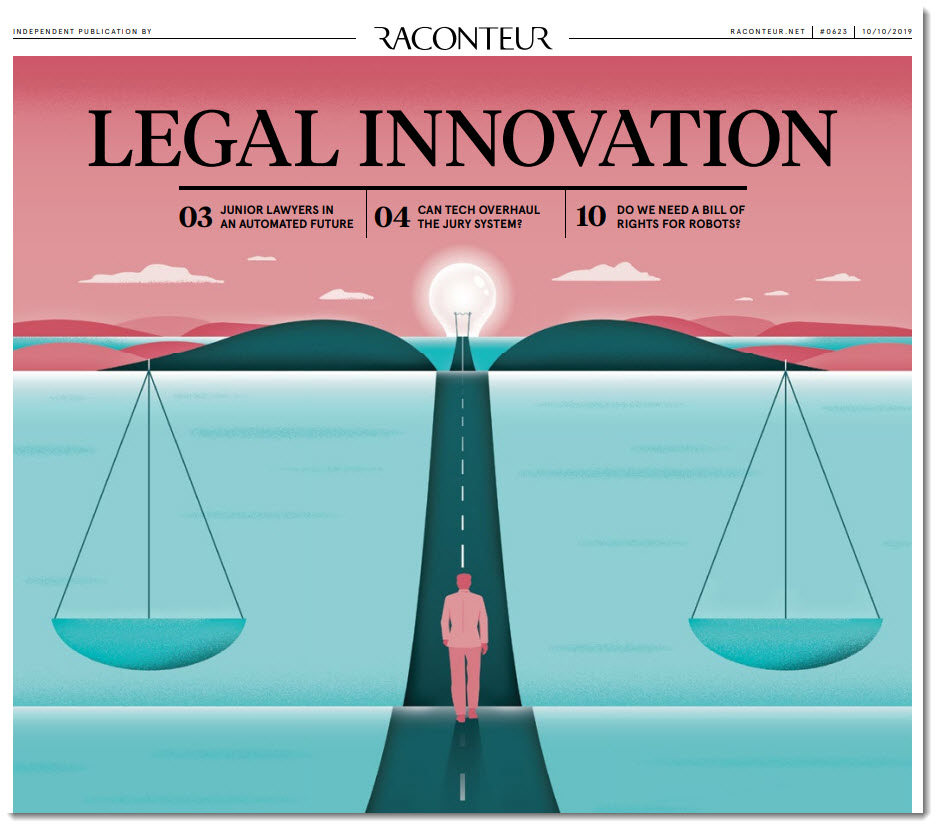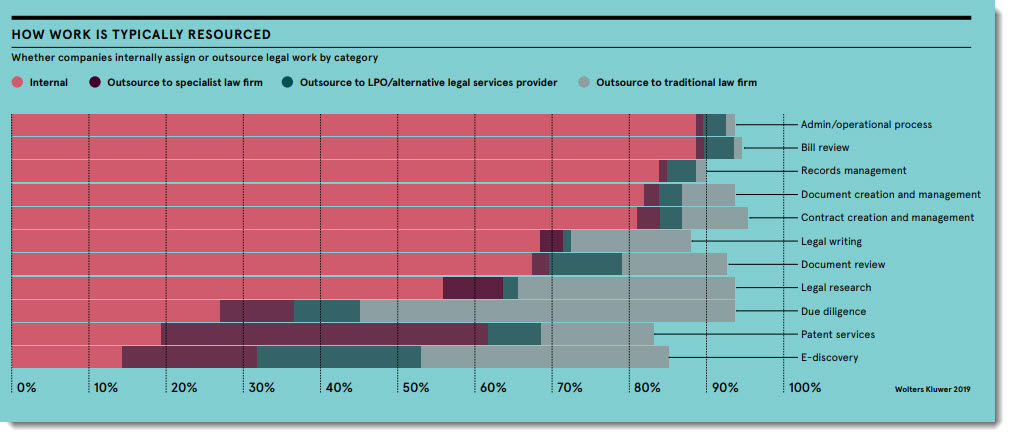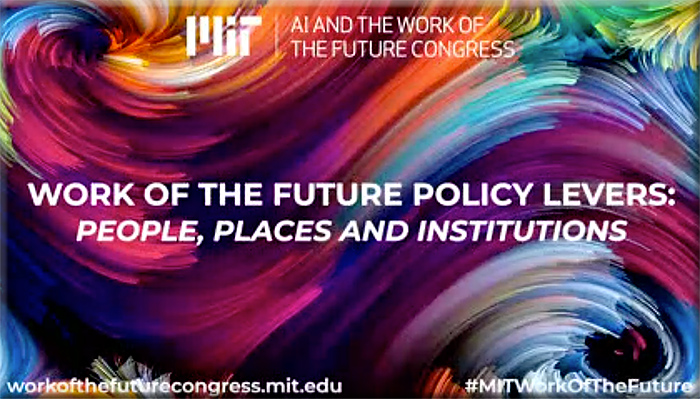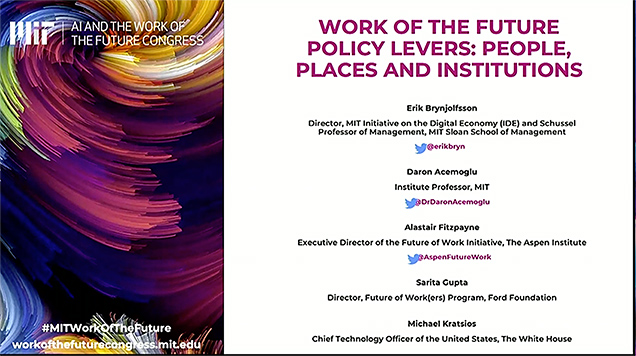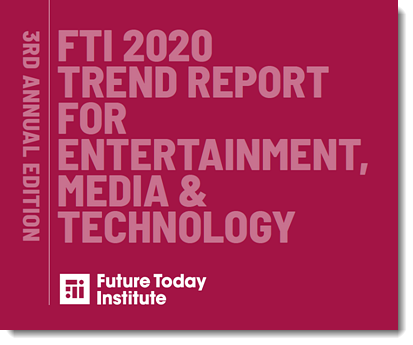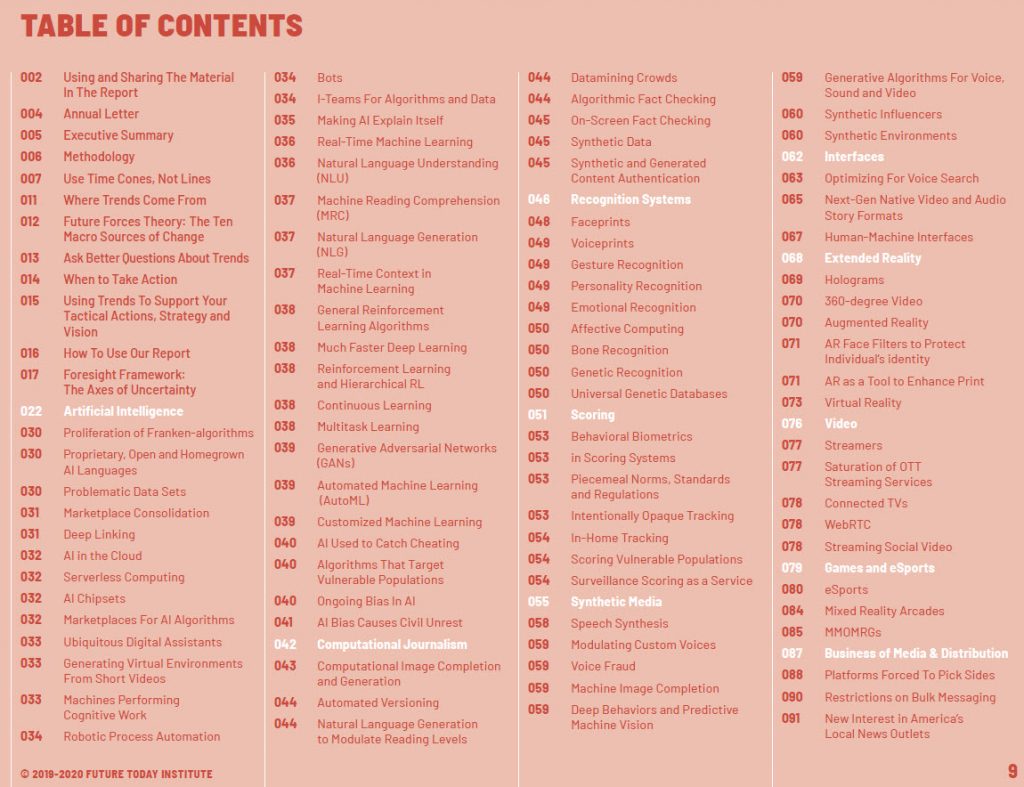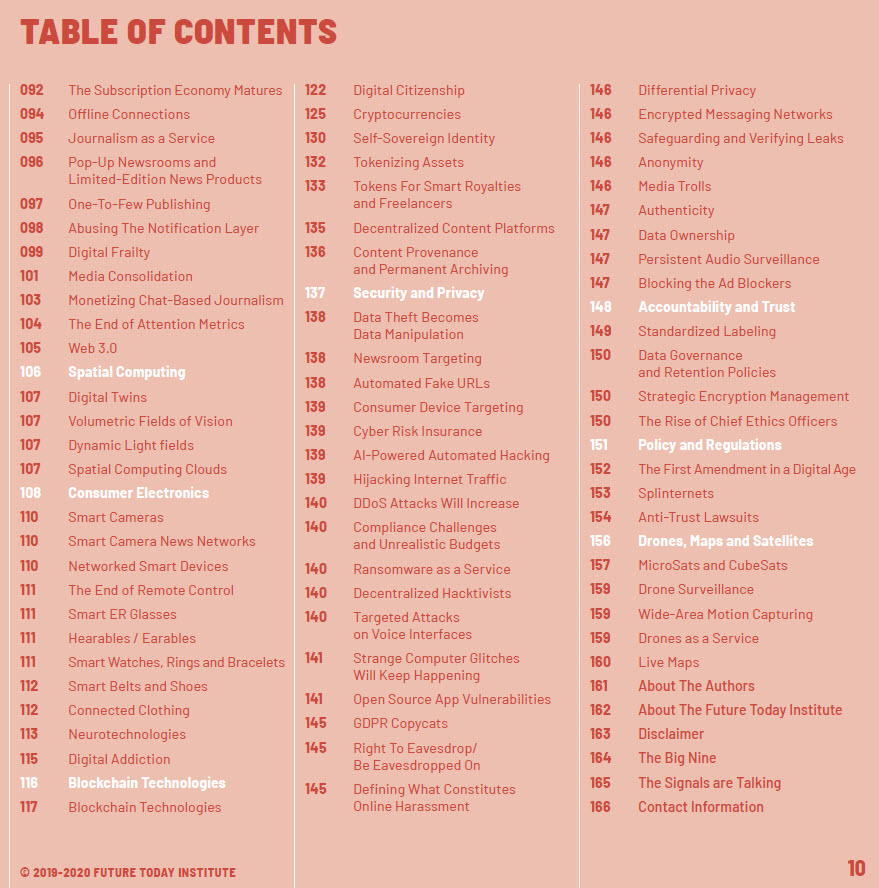Redefining Norms Critical to Sustained Relevance in the Changing Postsecondary Environment — from evolllution.com by Hunt Lambert
Sticking to the status quo will end in disaster for most postsecondary institutions. To stay relevant, institutions have to rethink all aspects of the higher education product, from programming to student support to organizational models.
Excerpt (emphasis DSC):
Higher education has existed for over a millennium in an effectively unchanged state, but the impetus to transform has arrived. Fast-changing labor demands, evolving learner expectations and transformed market realities are forcing college and university leaders to rethink the traditional postsecondary model and find ways to serve the growing numbers of lifelong learners. This idea has been broadly articulated as the 60-Year Curriculum (60YC), and executing on this vision demands a fundamental change in how higher education institutions must operate to serve students. In this interview, Hunt Lambert expands on the 60YC vision and shares his insights into how the organizational models of postsecondary institutions need to evolve to adapt to this approach.
The 60YC proposes that higher education providers, who happen to be best in the world at knowledge creation and dissemination through well-designed curriculum, expand that curricula concept from the current two-year AA, four-year BA, two-year master’s and seven-year PhD learning models into a 60-year model inclusive of 15- to 75-year-old learners and, most likely, beyond.











